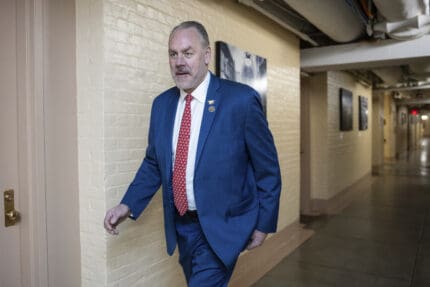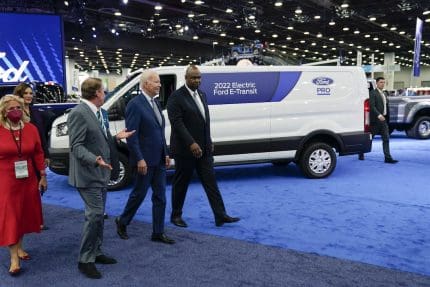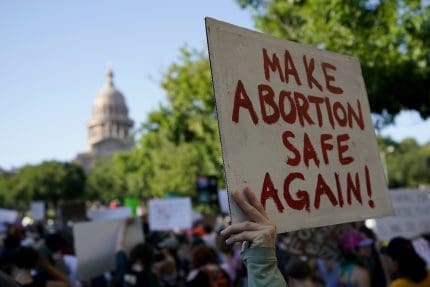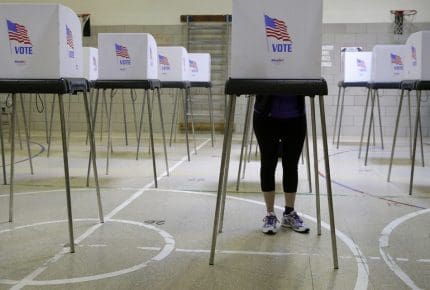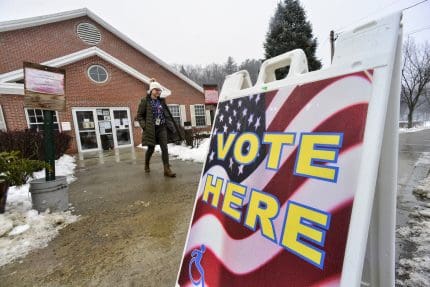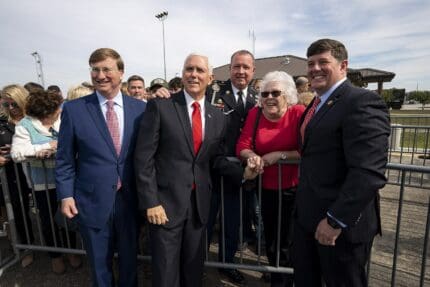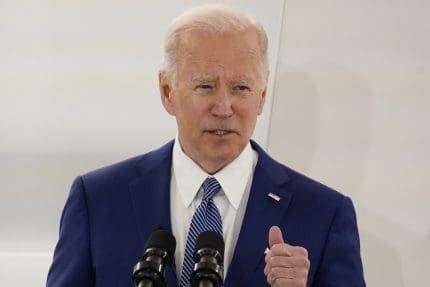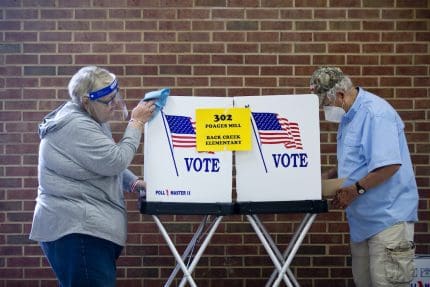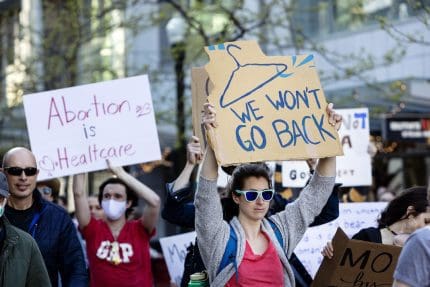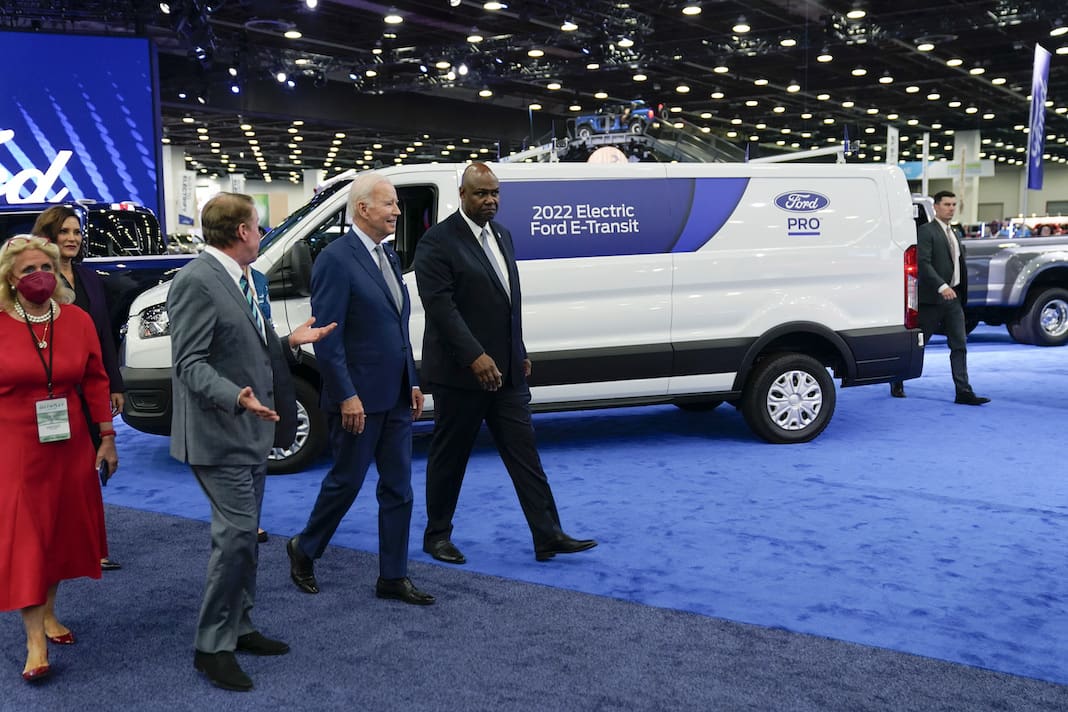Construction workers have yet to catch a break even as jobs show signs of recovery
The construction industry lost 61,000 jobs in the past month, and workers who are employed face one of the highest risks of dying from COVID-19.
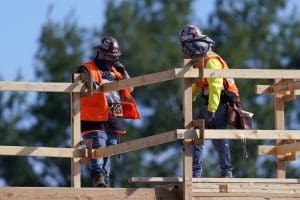
A new Department of Labor report Friday found that the construction industry is still suffering and taking longer to recover than other industries, a full year after the onset of the COVID-19 pandemic.
While employers across the United States increased total jobs by 379,000 in February, with restaurants and hospitality industries seeing marked increases, the construction industry lost 61,000 jobs in the past month, the report noted.
Experts note that while some strides have been made towards economic recovery, there’s still a long way to go when considering the industries that have yet to recover.
Gus Faucher, PNC Financial’s top economist, told Reuters, “At this pace, employment would not return to its pre-recession peak for almost seven years.”
At the beginning of the pandemic, the construction industry lost a record-shattering 975,000 jobs in April 2020, which the Associated General Contractors of America noted was almost 15% of the industry’s workforce. And, as of the end of 2020, employment in construction still lagged far behind pre-pandemic levels in at least 35 states.
Experts say this large-scale loss of jobs throughout the industry was mainly due to decreased demand for nonresidential construction throughout 2020. Since contractors were no longer able to book new projects during state lockdowns, they often laid off construction workers as a result.
Ken Simonson, chief economist for the AGCA, noted that such projects were getting harder to come by — even before the pandemic — but the situation was worsened by the pandemic.
“An increase in project cancellations and postponements is forcing nonresidential contractors to lay off workers as they complete projects started before the pandemic and firms exhaust their Paycheck Protection Program loans,” Simonson said. “Despite strong demand for single-family homebuilding and remodeling, overall industry employment is likely to shrink in more states in the absence of federal assistance.”
The industry was also harmed by labor shortages, which led to increased costs for construction contractors.
But construction workers have continued to risk a lot to provide essential services during the pandemic, experts note. A study of March through October of 2020 found that construction was one of the four most dangerous jobs to have during the pandemic, with construction workers having among the highest risk of dying from COVID-19. Yet they were not made eligible to receive the COVID-19 vaccine until group 1C, the third phase of rollout.
Kate Duchowny, an epidemiology and biostatistics expert at the University of California, San Francisco, told an ABC affiliate that construction workers and other at-risk workers are “taking on disproportionate risk to keep all of us safe.”
She added, “You could infer these are unprotected workers who are really experiencing the brunt while simultaneously keeping our economy going during this time.”
Yet the $1.9 trillion American Rescue Plan proposed by President Joe Biden and currently under debate in the Senate does not provide any specific funding to help the industry recover. The only direct construction funding contained in the bill is $130 billion to go toward schools to improve facilities — but that money can optionally be used by districts toward a different project instead.
Some provisions of the bill could indirectly provide support to the flailing industry, however — particularly the $350 billion for state and local governments, which could finally enable local governments to pursue infrastructure projects again. Other line items that could help construction workers include expanded emergency paid leave for workers and $15 billion in grants for struggling small businesses.
And Biden has emphatically stated that after the $1.9 trillion COVID-19 relief bill passes, he plans to roll out a “Build Back Better” program for comprehensive infrastructure reform, which could create many new jobs in the construction industry.
“It’s time to stop talking about infrastructure and finally start building infrastructure,” he said. “Millions of good-paying jobs putting Americans to work rebuilding our roads, our bridges, our ports to make them more climate-resilient, to make them faster, cheaper, cleaner to transport American-made goods across our country and around the world, that’s how we compete. Failure to do so will cost us dearly.”
Published with permission of The American Independent Foundation.
Recommended

Biden calls for expanded child tax credit, taxes on wealthy in $7.2 trillion budget plan
President Joe Biden released his budget request for the upcoming fiscal year Monday, calling on Congress to stick to the spending agreement brokered last year and to revamp tax laws so that the “wealthy pay their fair share.”
By Jennifer Shutt, States Newsroom - March 11, 2024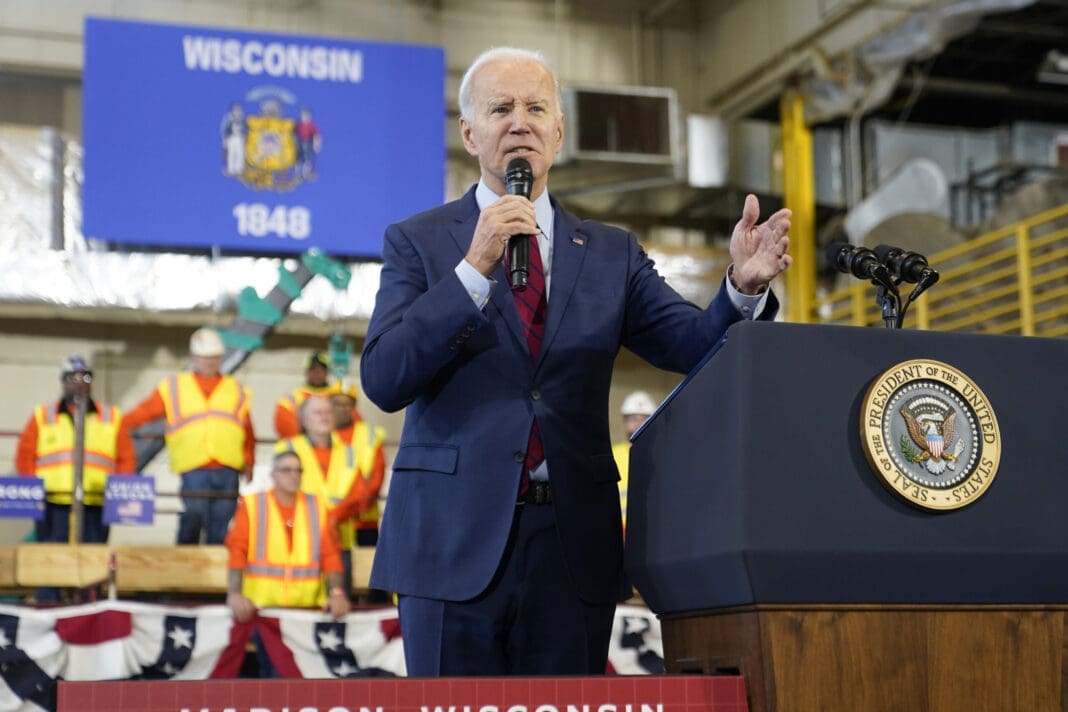
December jobs report: Wages up, hiring steady as job market ends year strong
Friday’s jobs data showed a strong, resilient U.S. labor market with wages outpacing inflation — welcome news for Americans hoping to have more purchasing power in 2024.
By Casey Quinlan - January 05, 2024
Biden’s infrastructure law is boosting Nevada’s economy. Sam Brown opposed it.
The Nevada Republican U.S. Senate hopeful also spoke out against a rail project projected to create thousands of union jobs
By Jesse Valentine - November 15, 2023













